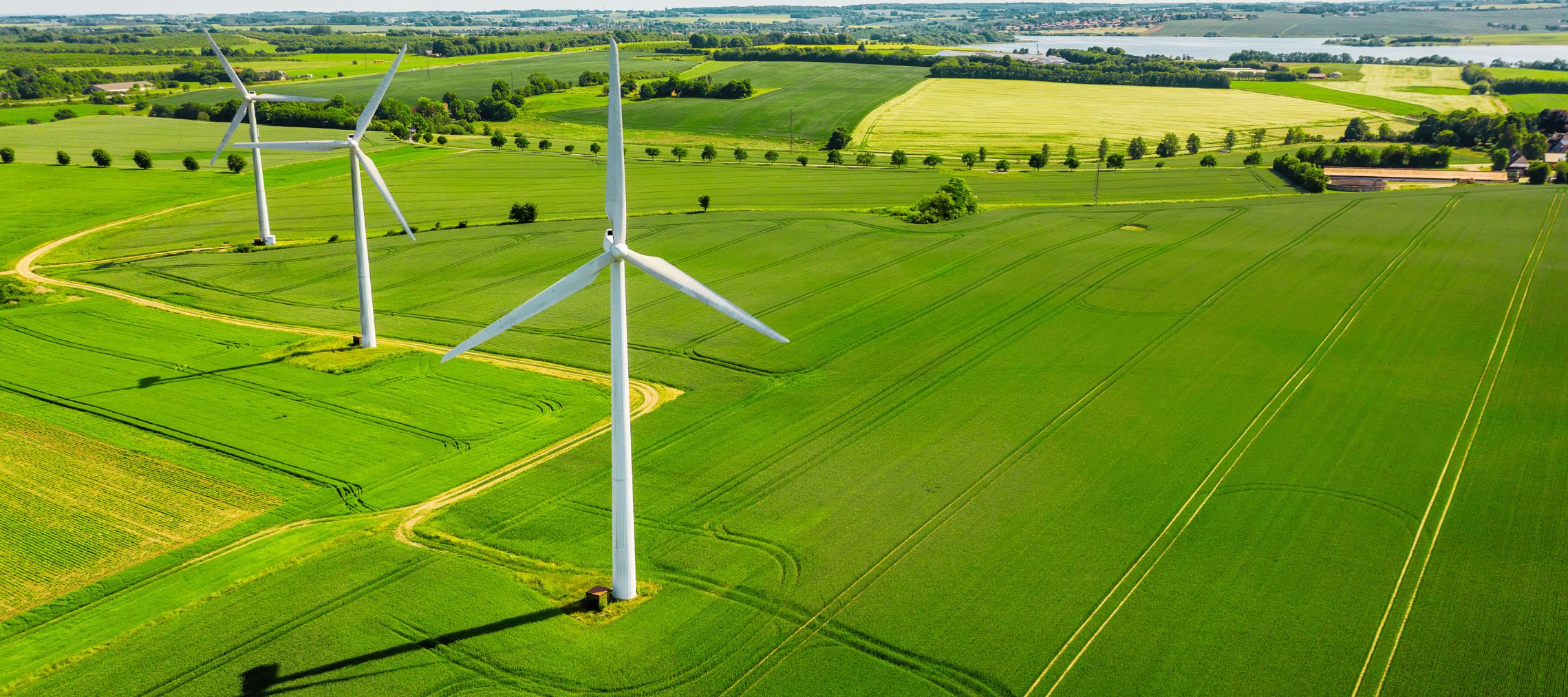As a rapidly developing nation, India is currently the world’s fourth-largest emitter of greenhouse gases. However, we aim to reduce the overall carbon intensity and achieve 50 per cent of power from non-fossil fuel sources by 2030, which is currently at 43 per cent as per Central Electricity Authority (CEA).
Solar, wind, and other renewable energy (RE) sources are already replacing the historic share of coal and gas in the power generation mix. The share of fossil fuels in the installed capacity has reduced from 67% in 2017 to 57% in 2023 (CEA), and installed RE capacity has reached 125.7 GW as of 30 April 2023.
The 2030 RE goal requires participation from all the states, with the rate and extent of the transition depending on RE resolutions adopted at the state level. However, in recent years, RE installations have been majorly concentrated (up to 78% according to MNRE) only in a few states—Karnataka, Tamil Nadu, Gujarat, Rajasthan, Maharashtra, and Andhra Pradesh. Therefore, states with the potential of contributing to RE installations and the 2030 clean energy transition goal need to be identified and leveraged systematically.

